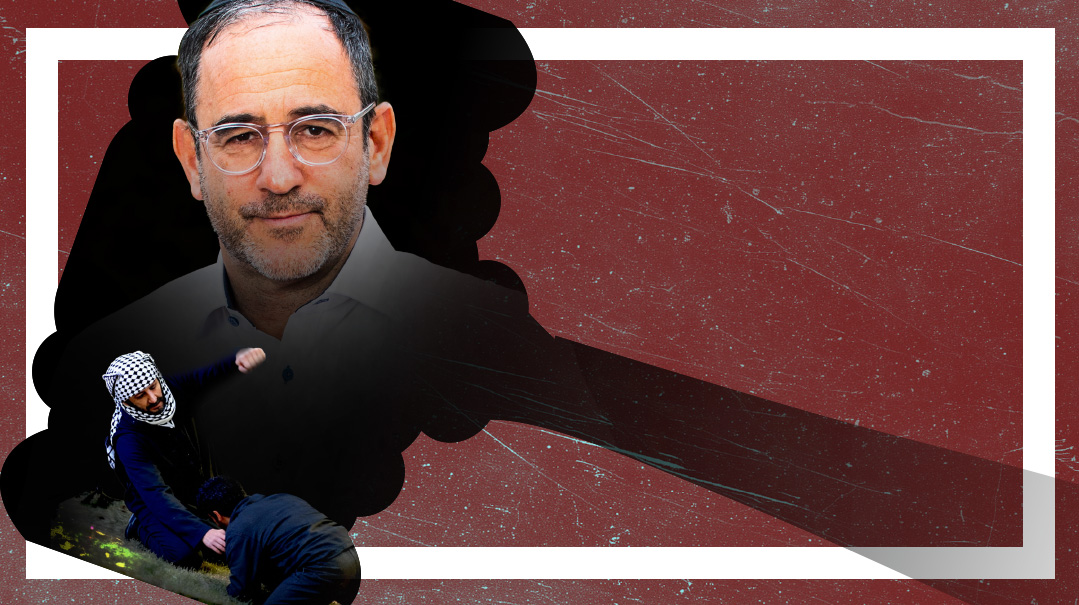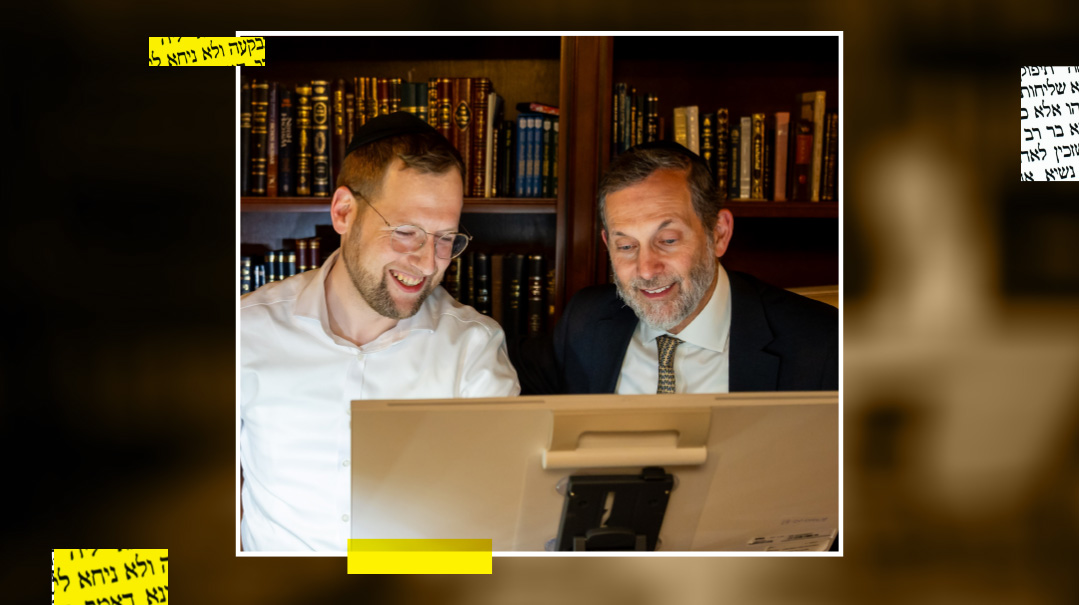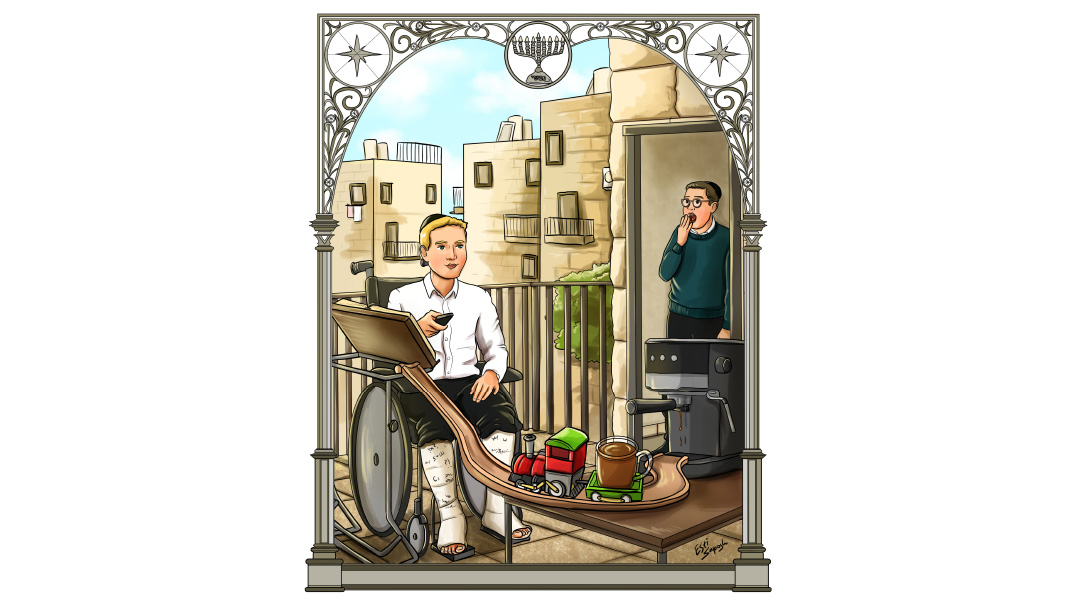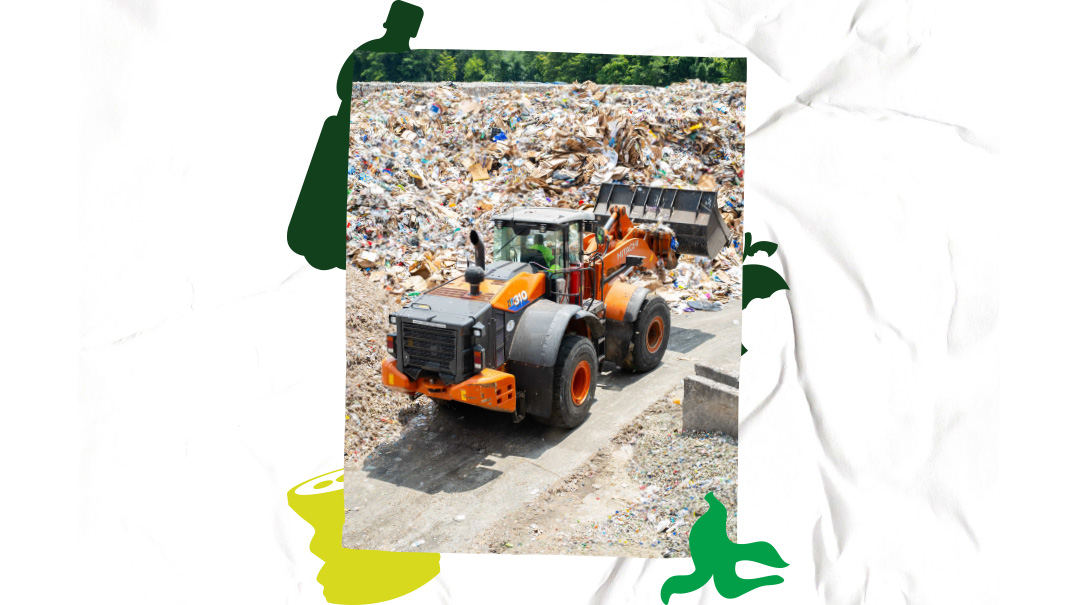Graveyard Shift
| October 8, 2024Motty Hammer is head of Vienna’s chevra kaddisha and also responsible for neighboring Slovakia’s Jewish burials
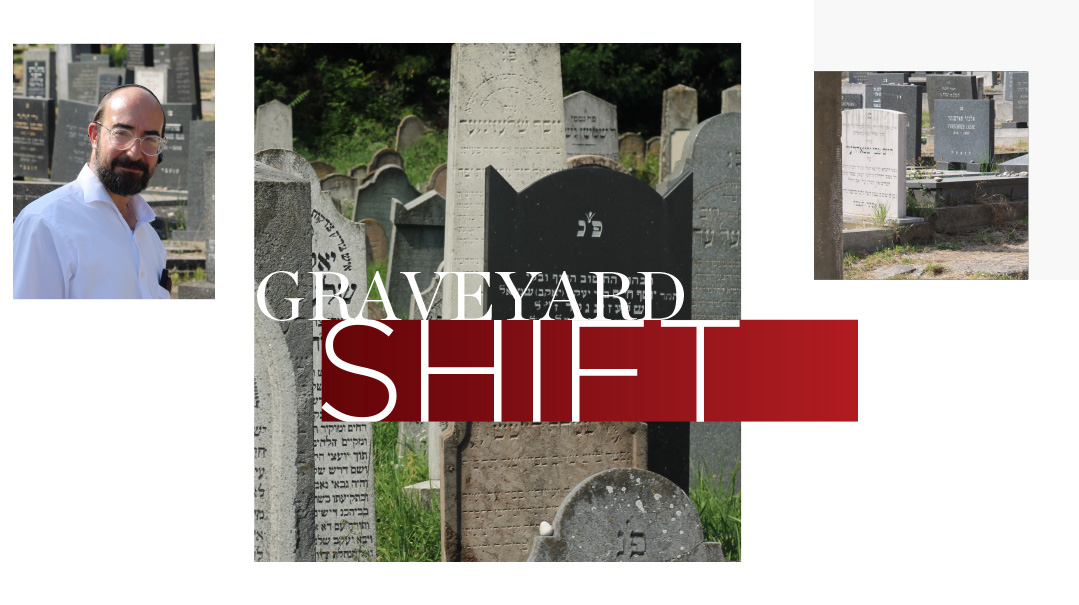
Photos: MB Goldstein
Every chevra kaddisha deals with occasional complications, but for Motty Hammer, head of Vienna’s chevra kaddisha and also responsible for neighboring Slovakia’s Jewish burials, it’s almost part of the job description. So many of the Jews in his purview have been separated from their heritage over the generations, but in death, he sees how the soul shines through. Tales of solved mysteries and revealed connections
We’re in Bratislava, the Slovakian capital known in European Jewish history as Pressburg, here to visit the kever of the Chasam Sofer — whose yahrtzeit is on 25 Tishrei — and other kevarim in the newer cemetery on an adjoining hillside. We’re lucky to have Mr. Motty Hammer, head of the chevra kaddisha in Vienna and expert on kevarim all over Europe, as our personal guide.
Today, Motty explains, the Chasam Sofer memorial, part of an underground compound, is the sole remaining part of the centuries-old Jewish cemetery that was destroyed when the Nazis overran Slovakia in 1942. The Nazi-backed new Slovakian government ordered the entire cemetery — located on the bank of the Danube River which would invariably flood the nearby main highway — to be cleared in order to elevate the road by 12 feet. The local chevra kaddisha, on threat of being shot, didn’t dare object, and worked quickly to clear all the gravesites, leaving the section of the rabbanim, where the Chasam Sofer is buried, for the last — with the hope against hope that it would somehow be saved. And it was. One brave Jew came to the head of the chevra kaddisha with a massive bag of valuables, and they managed to bribe the Slovakian prime minister to pour a thick layer of concrete on top of the section where the Chasam Sofer is buried (there are an additional 23 graves of rabbanim in the section), and lay train tracks were laid over it instead of having it cleared out. The chevra kaddisha made sure that there would still be access to the tziyun, by quickly constructing a low-ceilinged tunnel under the tracks.
The hillside is immense, with thousands of kevarim stretching back from 1846 to today, as well as two huge matzeivahs memorializing the hundreds of graves from the old cemetery that the Nazis had cleared out and were reburied here in a kever achim, but Motty shows us around with ease. Today is also the yahrtzeit of my husband’s great-great grandmother, buried somewhere on that massive hill, but Motty easily locates her kever among the dozens of rows. “Of course I know where it is,” he says. “When the family replaced the stone, I schlepped it up here.”
Motty, a sociable Boro Park native who was a young yeshivah bochur when he first helped out on the chevra kaddisha doing shemirah, says his work, tending to niftarim and their permanent resting places, is a privilege. “If you do it right,” he says, “it’s not hard.”
Motty moved to Vienna — about an hour’s drive from here — 16 years ago, and soon found a niche driving travelers around on trips to kevarim all over Europe. For the last fifteen years, he has worked for the Vienna Chevra Kaddisha, which is not exclusively frum but belongs to the wider Jewish community, and for ten years, he’s served at its head. Orthodox burials in Vienna are actually rare — the frum community is a tightly-knit kehillah but isn’t large to begin with, and most elderly frum Jews move to live near their children in Eretz Yisrael, the UK, or the USA. Motty says he does about 100 burials a year, but only a handful are for frum Jews.
Through the last decades, Vienna has been a traditional stopover for immigrants from the USSR, and it carries its own devastating Holocaust history of murders and deportations, but also of Jews who survived physically by separating from their heritage. In death though, Jews of all kinds come together, and Motty has plenty of stories to tell as he takes care of Jewish burials in Slovakia, too.
Oops! We could not locate your form.



